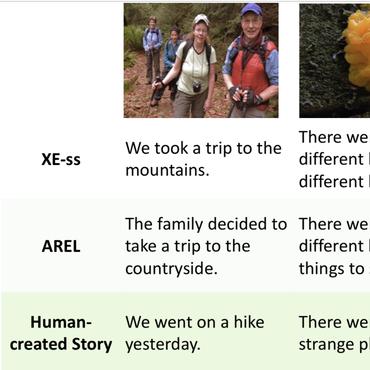Expressive Scene Graph Generation Using Commonsense Knowledge Infusion for Visual Understanding and Reasoning
Scene graph generation aims to capture the semantic elements in images by modelling objects and their relationships in a structured manner, which are essential for visual understanding and reasoning tasks including image captioning, visual question answering, multimedia event processing, visual storytelling and image retrieval. The existing scene graph generation approaches provide limited performance and expressiveness for higher-level visual understanding and reasoning. This challenge can be mitigated by leveraging commonsense knowledge, such as related facts and background knowledge, about the semantic elements in scene graphs. In this paper, we propose the infusion of diverse commonsense knowledge about the semantic elements in scene graphs to generate rich and expressive scene graphs using a heterogeneous knowledge source that contains commonsense knowledge consolidated from seven different knowledge bases. The graph embeddings of the object nodes are used to leverage their structural patterns in the knowledge source to compute similarity metrics for graph refinement and enrichment. We performed experimental and comparative analysis on the benchmark Visual Genome dataset, in which the proposed method achieved a higher recall rate (R@K = 29.89, 35.4, 39.12 for K = 20, 50, 100) as compared to the existing state-of-the-art technique (R@K = 25.8, 33.3, 37.8 for K = 20, 50, 100). The qualitative results of the proposed method in a downstream task of image generation showed that more realistic images are generated using the commonsense knowledge-based scene graphs. These results depict the effectiveness of commonsense knowledge infusion in improving the performance and expressiveness of scene graph generation for visual understanding and reasoning tasks.
PDFCode
Datasets
Results from the Paper
 Ranked #1 on
Scene Graph Generation
on Visual Genome
(R@100 metric)
Ranked #1 on
Scene Graph Generation
on Visual Genome
(R@100 metric)
| Task | Dataset | Model | Metric Name | Metric Value | Global Rank | Benchmark |
|---|---|---|---|---|---|---|
| Scene Graph Generation | Visual Genome | ExpressiveSGG | R@100 | 39.12 | # 1 |









 Visual Genome
Visual Genome